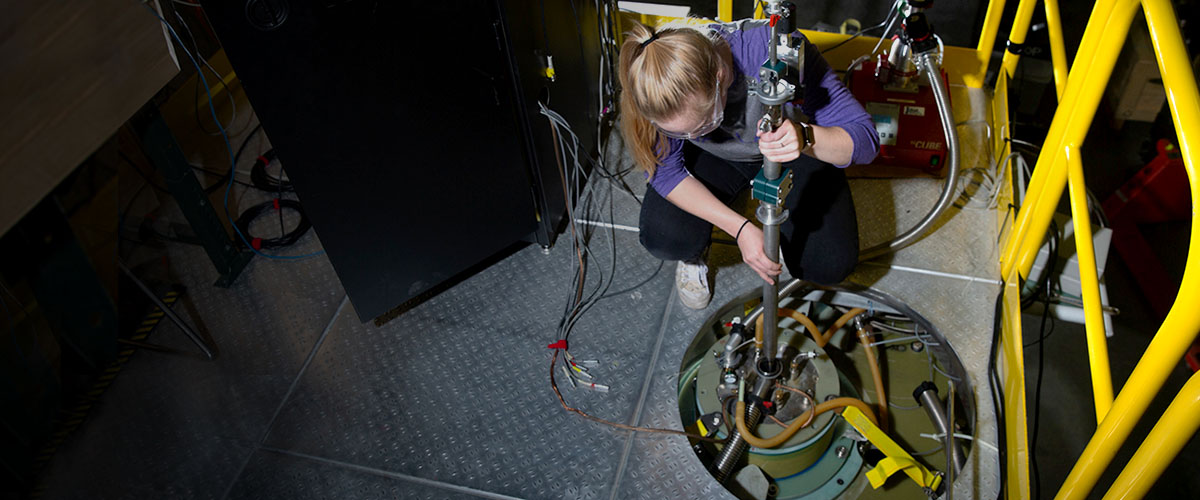
The highest magnetic fields in the world - up to 100 T - are reached for a fraction of a second.
The National High Magnetic Field Laboratory's Pulsed Field Facility at Los Alamos National Laboratory operates an international user program for research in high magnetic fields. Our pulsed magnets and experimental capabilities are unique in the world and our ability to produce cutting edge science is a major attraction for LANL visitors.
After two decades of innovation, the Pulsed Field Facility has developed and maintained a set of numerous powerful pulsed magnets ranging from 50T to 100T, and up to the 300T Single Turn Magnet, of different pulse widths to support a wide variety of users.
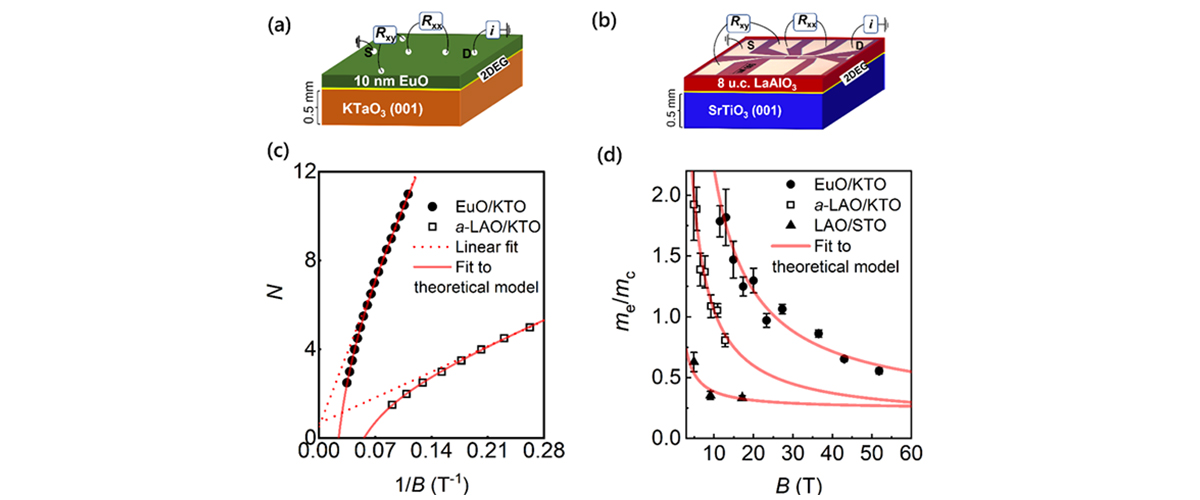
Rubi, K.; Candido, D.R.; Dumen, M.; Zeng, S.; Ammerlaan, A.; Bangma, F.; Chan, M.K.; Goiran, M.; Ariando, A.; Chakraverty, S.; Escoffier, W.; Zeitler, U.; Harrison, N., Physical Review Research, 6, 043231 (2024).
Read the Science Highlight or check out the full publication online.
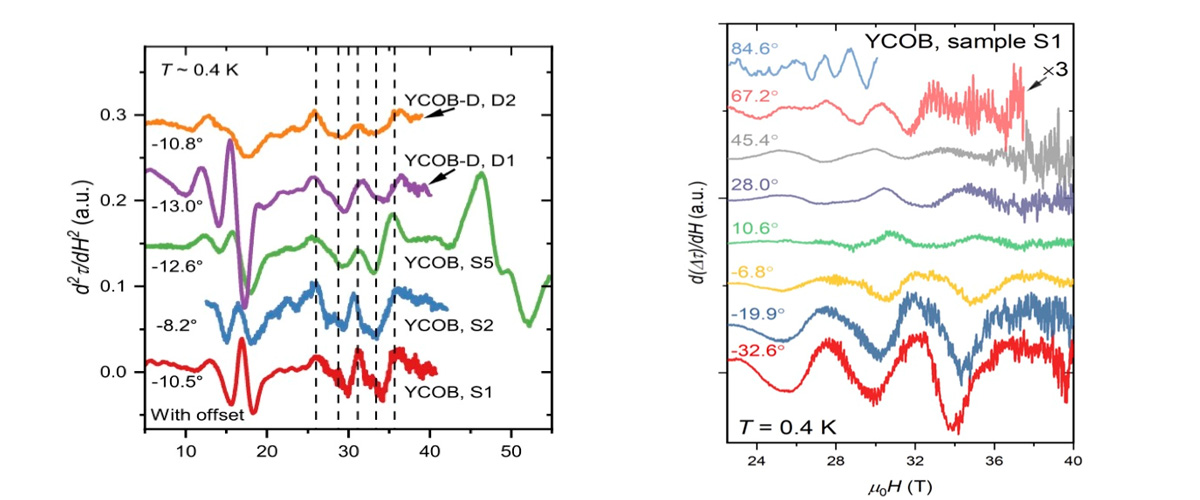
Zheng, G.; Zhu, Y.; Chen, K.; Kang, B.; Zhang, D.; Jenkins, K.; Chan, A.; Zeng, Z.; Xu, A.; Ayala Valenzuela, O.E.; Blawat, J.; Singleton, J.; Li, S.; Lee, P.A.; Li, L., Proc. National Academy of Sciences (PNAS), 122 (5), e2421390122 (2025)
Read the Science Highlight or check out the full publication online.
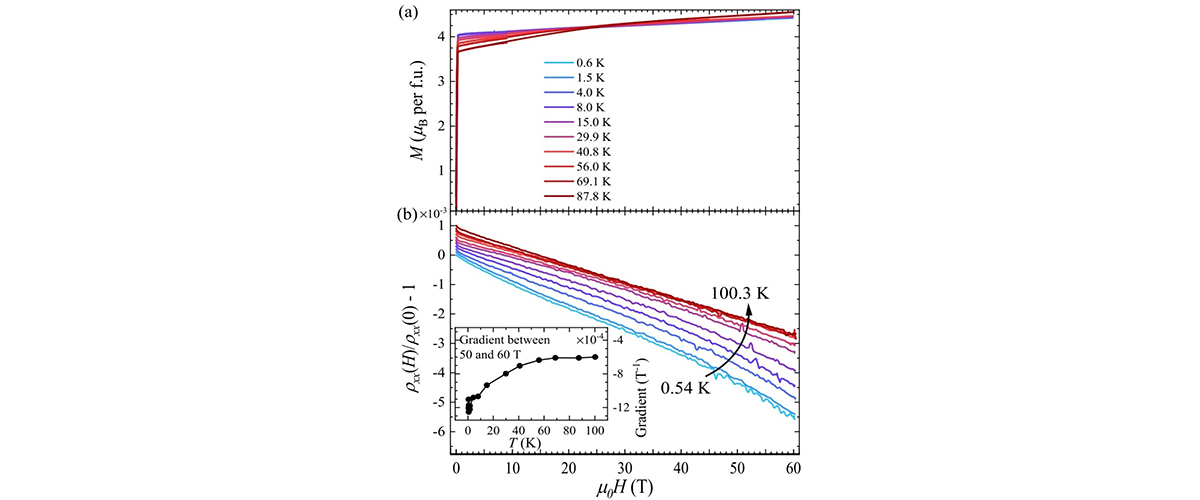
Vaidya, S.; Coak, M.J.; Mayoh, D.A.; Lees, M.R.; Balakrishnan, G.; Singleton, J.; Goddard, P.A., Physical Review Research, 6, L032008 (2024).
Read the Science Highlight or check out the full publication online.
Our magnets are open to all scientists - for free - via a competitive process and we accept proposals through out the year.
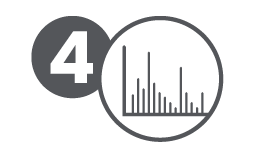
After your work is completed, you are asked to report to the laboratory, in a timely manner.
Note: There are additional requirements for onsite external users who will be present for an experiment. Please see onsite and remote user logistics.
Note: The schedule is subject to changes due to holidays or maintenance.
Shift Schedule
Mondays
Maintenance 8:00-16:00
Morning shift (AM) 17:00-20:15
Evening shift (PM) 20:30-23:45
Tuesdays-Fridays:
Morning shift (AM) 06:30-16:15
Evening shift (PM) 16:45-02:30
Magnet Time Request Deadlines
Facility Director
For information regarding the facility's capabilities, outreach and feedback on your visit, experiment and/or scientific staff support.
User Program Technical Coordination
For information regarding proposal submission, scheduling of magnet time, cryogenic needs during your visit and user support requests..
Administrative Assistant
For information regarding travel, LANL badging, security questions and training.